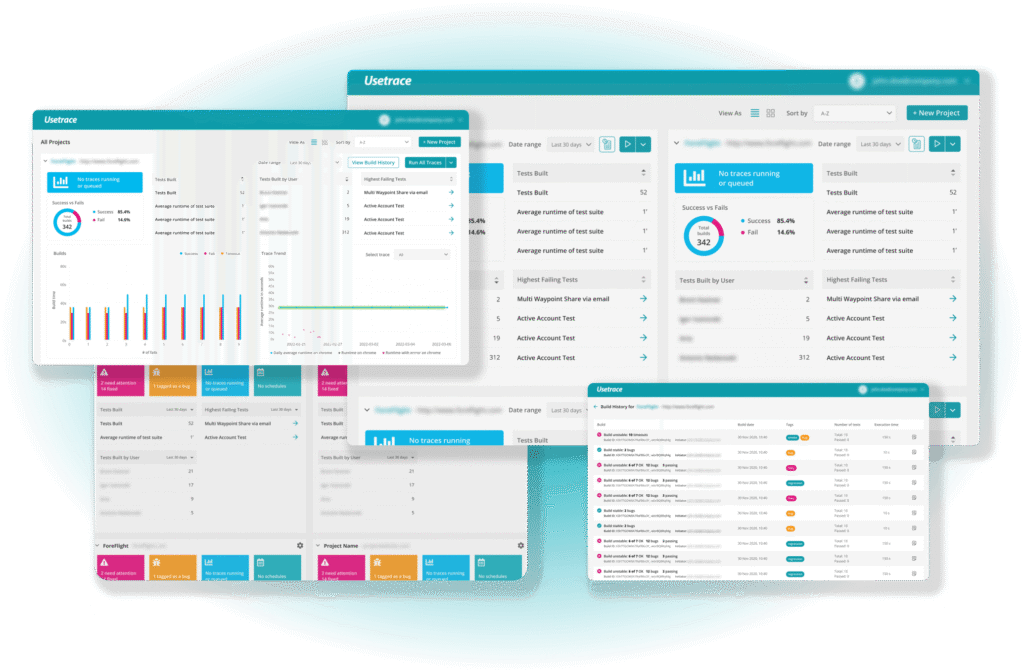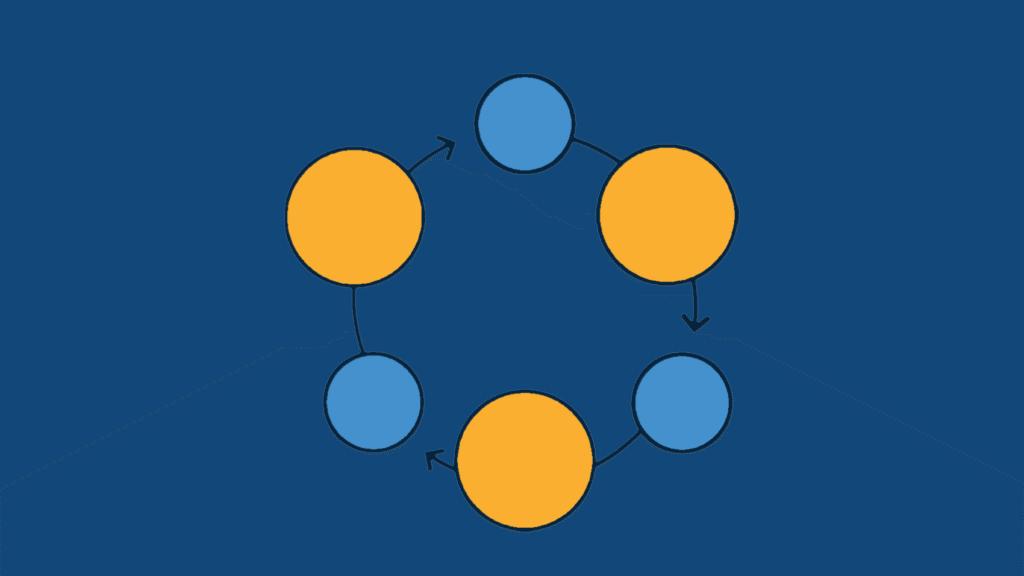A Short Introduction to the Dashboard UI

The organization dashboard is a central hub for observing multiple projects via graphs and historical insights. The organization dashboard is a central hub for observing multiple projects via graphs and historical insights. Exploring the Dashboard The dashboard UI serves as a platform for overseeing various projects within an organization. Accessible from the project home, it […]
Organizations: A New Home for Projects and Users

A new way to organize your Usetrace workspace Our previous feature deployment was developed under the codename “Organizational Structures”, but this time we took it even further. We added new changes that will not only improve your trace management but now includes your projects and users too. Hello Organization. For a long time, the project has reigned […]
New Feature: Folders

Usetrace now lets you organize your workspace with folders. Our latest feature codename “Organizational Structures” or simply Folders make the Usetrace workspace cleaner and easier to manage long lists of traces in a project. Folders are not just a visual representation, but also a functional improvement in the workflows. In plain terms, a folder is […]
New Feature: Loops

The latest Usetrace release lets you loop your trace steps. The latest Usetrace release makes it easy to perform repetitive actions in traces. For example, if your app has a list of items that you need to delete, but you can’t know how many items there are to delete, a loop solves this for you. […]
UI Testing Tip: Clicking Element by Its Text Content

Recent Usetrace feature lets you locate an element by its text content. Many websites and apps have user-generated content and therefore automating testing for them can be challenging. Often only the content of an element is known at the time of test definition (while the element position can be unknown). Recent Usetrace feature lets you […]
Testing Dynamic Web Content With Variables

This new feature lets you create and use variables and test dynamic web page content. One of the recently shipped features in Usetrace is the new variable step. This step type lets you read dynamic content from the application under test and use it later as input or check. The variable step gives you a […]
What Is a Trace and What Can It Do for Me?

A Trace is a key concept in successfully testing your website with Usetrace. Find out what a trace is, how it works and what it can do for you (and what not). A trace is an automated use case test that is runnable in a real browser. It is also a representation of how a […]
How to Setup Automated Testing for Your Agile Process With Usetrace

In this howto we will guide you through integrating Usetrace to your team’s development process. Automated testing with Continuous Integration (CI) is key to an effective development workflow. To gain maximum benefit in product development by fast release, integrate Usetrace to your team’s development process. Here are the steps you need to take to get your […]
Releasing Better Support for Managing Large Test Suites

The latest Usetrace software release replaced one of our main user interfaces: The All Traces list. Our heaviest users have over 1000 traces. Managing such a large number of traces requires that the trace list offers efficient searching and sorting mechanism, mass operations, and it must be fast. The latest Usetrace software release replaced one of our […]
New Feature: Multiple Test Projects

This new Usetrace feature allows you to manage multiple test projects under one account and share test assets between test projects. Multiple clients, multiple test projects Many of you using Usetrace in your daily software testing job are software houses with multiple customer projects. As a result, we have received several requests for better support […]


